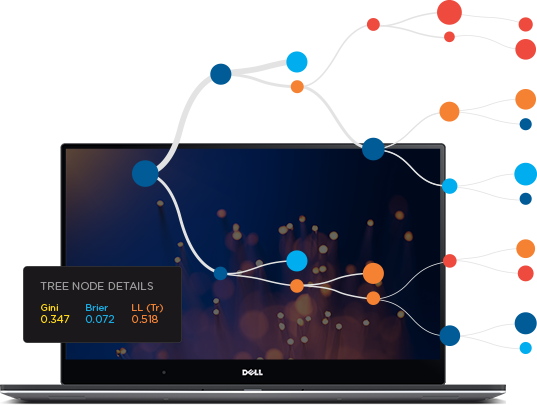Qualco is pleased to announce the achievement of a major milestone in the rolling release schedule of Data-Driven Decisions Engine (D3E), the end-to-end analytics workflow automation platform.
This milestone, marked by the general availability of D3E version 4.0.41, contains a host of new features developed, validated and promoted to production use under the banner of this year’s major release.
Among them:
-
Extensive infrastructure work to support running transparently over both Hadoop 2 and Spark – the two major “big data” execution technologies of the day – resulting in greater flexibility and significant performance improvements.
-
Ubiquitous use of tagging in the user interface, to identify items and configure the flow of data transformations.
-
Extension of the data quality and business logic validation functionality with the ability to identify and display examples and counterexamples, in addition to aggregate summaries.
-
Ability to use business logic expressions for filtering modelling datasets in a fully configurable manner, greatly increasing model generation and validation flexibility.
-
Ability to use the same expressions, along with tagging, to generate complex modelling dataset features.
-
Enhanced usability of the multidimensional component of the system’s data warehouse, through the ability to configure the subset of attributes it contains, customise translations, and define hierarchies.
-
A new SQL Management Studio plugin to allow the use of D3E metadata directly in ad hoc queries, regardless of their mapping to physical database fields.
-
Extensions to the product’s automated testing infrastructure, including dozens of new automated tests for recent modelling functionality.
-
Preconfigured connectivity with Qualco Collections an Recoveries (QCR), the company’s debt operations management platform, including a QCR-friendly dataset specification and preconfigured staging functionality, ensuring that the two systems can interoperate seamlessly in ongoing production use.


